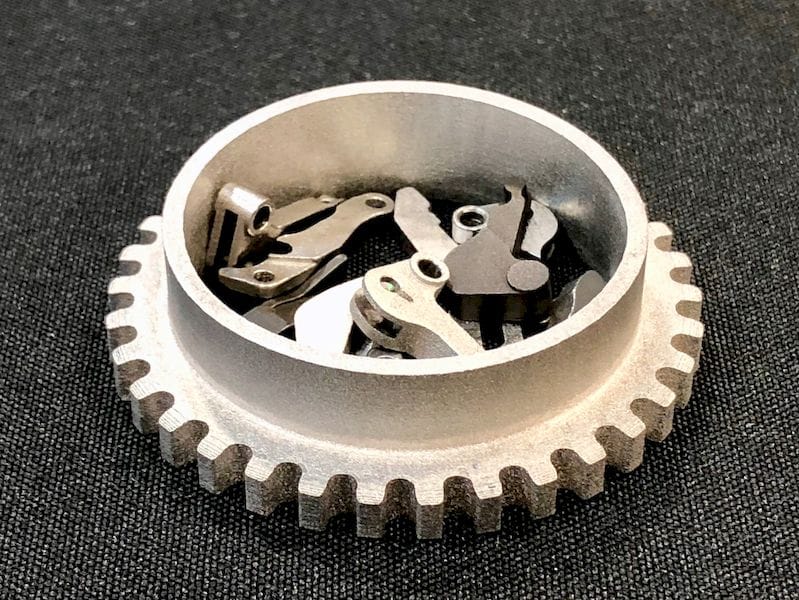
After reading Matt Sand’s story earlier this week, I am now thinking a bit differently about 3D print services.
These are operations where someone else owns the machines and you simply request them to print something for you. There are a number of obvious advantages in doing so, not the least of which is that you don’t have to outlay the cash to acquire an expensive 3D printer – and the room to put it in, which is often substantial.
I always thought the typical user of a 3D print service would be someone who is one of the following:
- Someone who only prints occasionally and doesn’t want to bother with their own equipment
- Someone who doesn’t know much about 3D printing and wants to “try it out” without having to spend a lot of time and effort
- Someone who does print a lot, but not quite enough to justify the expense of buying their own equipment
- Someone wanting to try out the capabilities of machines they cannot afford or are contemplating buying
Sand’s article pointed out another interesting twist to this list, at least for me.
The problem is that 3D metal printing is exploding, which is a good thing in general, but there are negative effects. This explosion of interest has led to a number of parties developing 3D metal printing systems that are different from current processes.
They’re attracted to do so because of the massive cost of 3D metal printing. There’s a lot of money being made, and that presents an opening for anyone who can devise a system that produces similar results at lower costs. And so many are working on such things.
One example might be Desktop Metal, who have produced a system that doesn’t require a million dollar room to put it in, and has relatively low operational costs. They’ll no doubt make a ton of money selling their equipment to those who could not afford the previous generation of higher priced gear.
But here’s the thing: these 3D metal printing systems, even Desktop Metal’s, are expensive for small to medium companies. They’re not casually acquired, and in many cases will have to be written down over the years of use they will have. So, for example, spending USD$500K on a machine and associated gear that’s expected to last five years would require a write down of about USD$100K each year for five years. A similar effect occurs when you lease a machine – you spread the cost over a longer period that more or less matches your expected usage. Then your profits go up this year because you didn’t have to buy the “whole machine” in one year, and you take a smaller financial hit in future years.
That’s how companies buy these machines.
Can they still do so? Most certainly, but there’s now a big problem.
The vast interest in 3D metal printing that’s generating new companies and 3D printing processes could, at any moment, create a new machine option that is vastly less expensive than the machine you just bought.
If you’ve already committed to leasing/writing off an expense for five years, how can you now properly compete against a competitor that has the new equipment? You’re at an immediate and long-term financial disadvantage.
Selling the older machine isn’t much of an option because you either leased it or the market price would proportionally drop due to the presence of cheaper options.
This scenario must be of great concern to any small to medium company contemplating the purchase of a 3D metal printer (thermoplastic machines are far less expensive, so the risk is far less).
Do they commit to a particular machine and risk losing out in a year – or even a few months – when a new machine emerges? What can they do?
There is one really good option for 3D metal printing requirements: use a 3D print service instead of buying your own. This adds to the list of reasons for using a 3D print service above.
Yes, you’d pay more for each print, but you eliminate the risk – and can even switch to another 3D print service if they begin offering services using a lower cost process.
I’ve always said the first step in 3D printing for a business is to use a 3D print service. That advice still stands, but now I’d say use them a bit longer than you might have thought if doing 3D metal printing.

